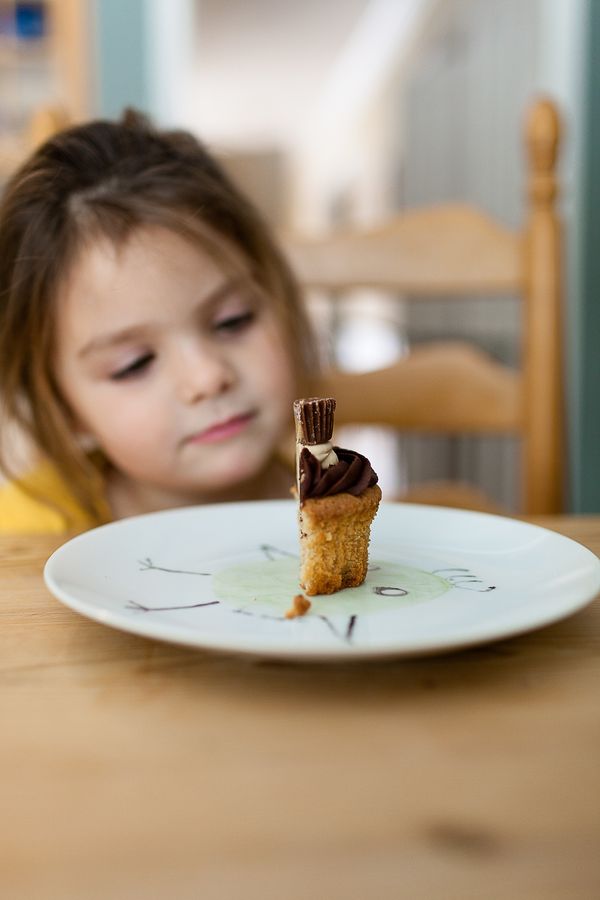Three easy ways to express wishes or desires in Spanish
In each language there are different ways to express wishes or desires. In English, you can use “wish” or “desire” depends of the context but both words have similar meanings. Meanwhile in Spanish the word “deseo” is used in most circumstances, but the ways to use it depends on the possibility to make desires achievable in the short, medium or long term.
When we express wishes, we usually ask ourselves some hypotheses since we are not yet sure that we will achieving them.
I will explain three ways to express wishes in Spanish in everyday life using verbs and nouns.
1. To say or ask what you want in a directed way

· Quiero comer un muffin / I want to eat a muffin
· ¿Quieres un café? / Do you want a coffee?
· Quiero un libro de cocina / I want a cookbook
· Quiero visitar el Museo de Louvre / I want to visit the Louvre Museum
In these sentences, is used the verb “querer” (want) conjugated in the first or second person, in most cases, plus another verb in infinitive, or a noun (un muffin, un café, un libro de cocina, el Museo de Louvre).
As you can see, the construction of these phrases the wishes are expressed in an immediate or short-term solution, but there are also some in longer term, as the last example.
There are another typical phrases to express momentary wishes that will be realized:
· Me apetece una taza de café / I want a cup of coffee
· Deseo ver una película el fin de semana / I want to see a film this weekend
In the first case, we use the expression “me apetece” (I want to) followed by a noun, or as in the second case, the verb “desear” (to want) is conjugated in first person of singular, but with the tacit subject “yo” plus a verb in infinitive “ver” (to see), followed by a complementary text.
2. To express a wish without a date of realization

· Me gustaría aprender a bucear / I would like to learn how to dive
· Me encantaría bailar salsa, aunque tengo dos pies izquierdos / I would love to dance salsa, even if I have two left feet
· Me apetecería conocer Italia / I would like to see Italy
In these cases, the wishes are formulated as conditional because they are “wishes” that cannot be done without fulfilling some or several conditions. These wishes are usually long-term.
The verbs to express those wishes, conjugated as a conditional and preceded by the pronoun me are: “gustaría” (to like), “encantaría” (to love or to charm) and “apetecería” (to care, or to like). That formula of verbs is followed by other verbs in infinitive: “aprender” (to learn), “bailar” (to dance) and “conocer” (to know).
However, in the phrase “me encantaría bailar salsa, aunque tengo dos pies izquierdos” (I would love to dance salsa, even if I have two left feet), it expresses a wish for whose realization there is an opposition, “aunque” (even if), despite the desire expressed by the person who wants to dance, this person has no talent to do it (tengo dos pies izquierdos, “I have two left feet”).
3. For the expression of a desire whose realization is uncertain

· Quiero que estés tranquila / I want you to be calm
· Ojalá esté tranquila / Let’s hope she’s calm
· Espero que te paguen lo justo / I hope you get paid fair
In the previous sentences, the verbs associated with desire as “querer” (to want) and “esperar” (to wait) are conjugated in first person of singular by the tacit subject “yo” (I), and they were followed by formations proper to the subjunctive: que more verb conjugated in subjunctive “que estés…”, “que te paguen…”.
At the same time, the phrase that begin with ojalá (I hope to see), is an expression that comes from the Arabic "Iaw sha’a Allah" (if God wills), is followed by a verb conjugated in subjunctive "esté tranquila".
In this case, the expression "ojalá" is used to express a desire that is unlikely to be realized, until the point of thinking that a supernatural being or force is necessary for the desire to be fulfilled.
As you can see, there are three simple ways to communicate your wishes in Spanish. Like in a cooking recipe, if you want to communicate with Spanish-speaking guests, your ingredients (ideas) can be prepared with the help of some typical elements and utensils in Spanish-speaking cuisine (verbs, verbs times and their conjugations) that will allow you to delight in being able to express yourself in Spanish, as simple as possible.
Remember that each cultural tradition has different ingredients and implements, because, for example, the Latin languages use the subjunctives, while in English or Dutch they have almost disappeared.
If you want to learn more ways to express yourself in Spanish, do not hesitate to contact me so that you learn in a simple way to communicate in Spanish with its particularities and tools, choosing the methods that are most convenient and make sense to you. See you soon!
2020년 2월 5일





